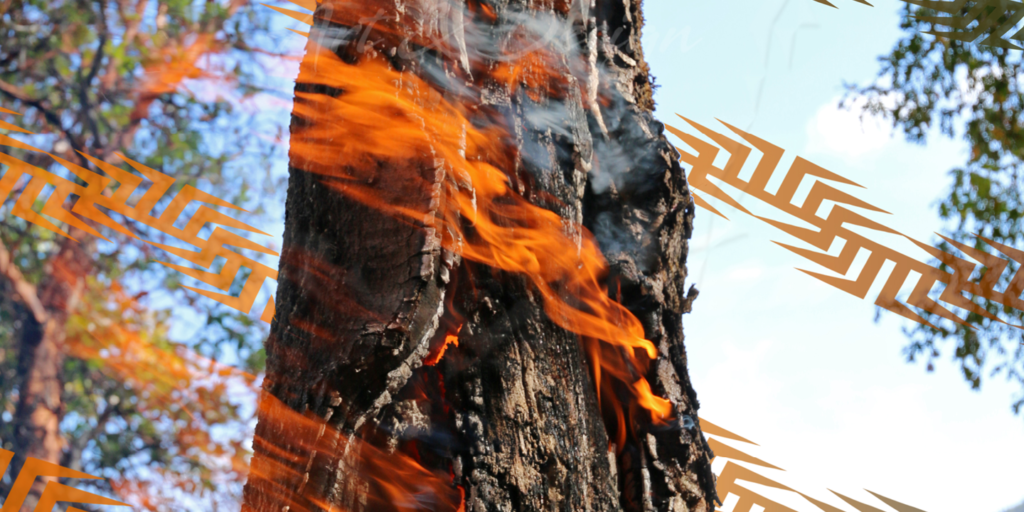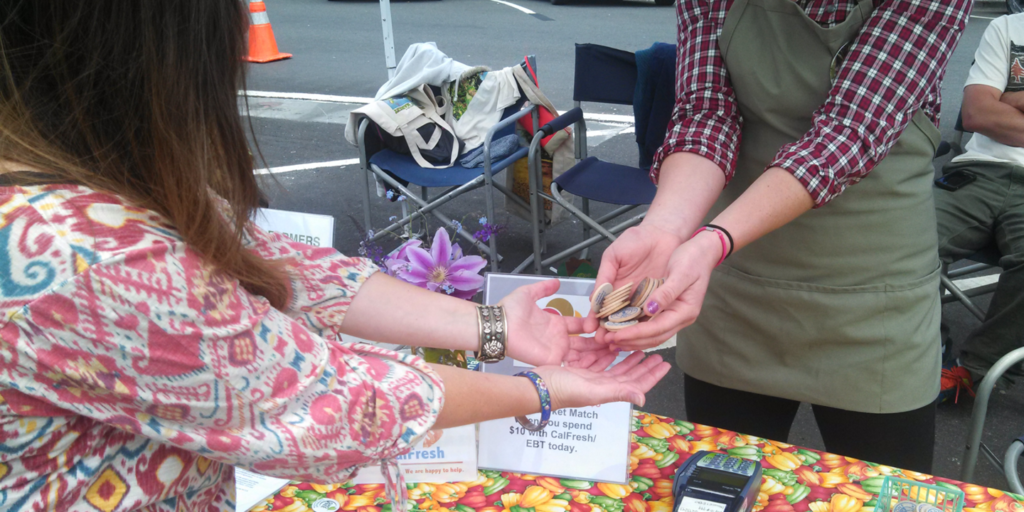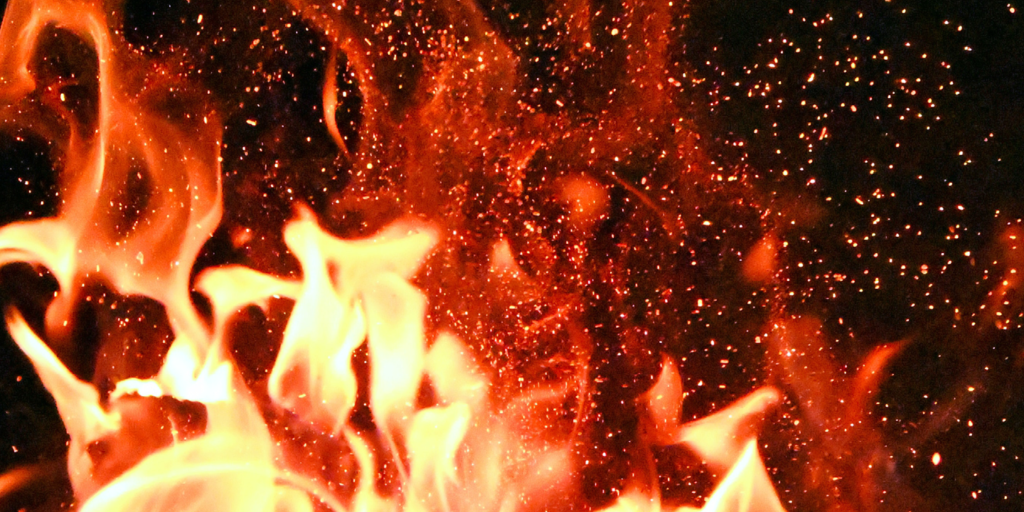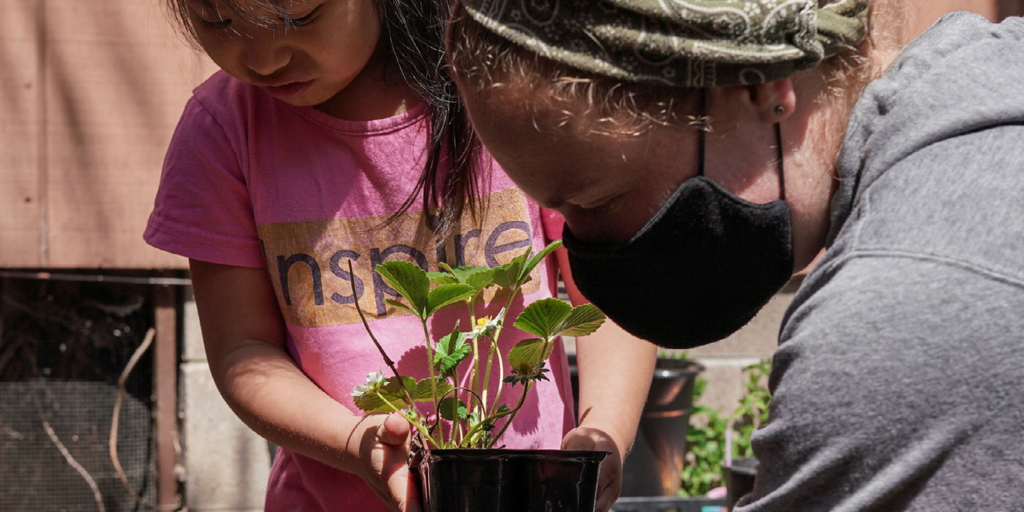An ambitious new law aims to drastically reduce food waste and its resulting methane emissions statewide.
by Tobin McKee, Cooperation Humboldt & Full Cycle Composting

If you are a resident of Humboldt County and you put your food waste in the garbage, most of that garbage is currently transported 205 miles by truck to Dry Creek Landfill near Medford, Oregon. The truck then returns to Humboldt County, empty.
While it is absurdly inefficient to truck our food waste so far (and it makes more sense to integrate that precious carbon and nitrogen back into our local food web as rich, living compost), it turns out there is an even bigger problem – the methane gas that food waste produces as it rots in the landfill.
Right now, about 40% of Humboldt County’s waste dumped into the Dry Creek Landfill is made up of compostable organic material, which is producing huge amounts of methane. Landfills are the third largest source of methane in California, emitting 20% of the state’s methane, a potent greenhouse gas 84 times stronger than carbon dioxide.
The problem is so significant that in 2016 California lawmakers passed the Short-Lived Climate Pollutants Reduction Law (SB 1383). It’s called “short-lived” because pollutants like methane don’t stay trapped in the atmosphere as long as CO2 – but while they’re up there, they do much more damage. The law aimed to reduce organic waste disposal by 50% by 2020 — which it did not achieve — and by 75% by 2025. It also aims to rescue at least 20% of currently disposed surplus edible food for people to eat by 2025. (Much of the food waste going into landfills is perfectly edible.)
While the statewide law became enforceable in January of 2022, McKinleyville, Arcata and Eureka have until 2024 – and the more rural parts of Humboldt County have until 2027 – to have their organics recycling programs in place. While there won’t be Compost Police deployed to enforce the new law, CalRecycle does have enforcement responsibility and can levy fines to jurisdictions not in compliance.
Humboldt County currently has no composting facility, and the astronomical cost of building one means that such a facility is years from happening. In the meantime, the new municipal systems that will be put into place locally are likely to look something like this:
- Residential and commercial customers will put their food waste in compostable bags to be collected by Recology.
- Food waste will be trucked 280 miles to a large-scale composting facility in Yolo County.
- The trucks may return empty, or they may haul finished compost back to Humboldt County for reintegration.
- Waste hauling fees will increase.
- Customers who do their own composting or prefer to use a local composting service may have an opt-out choice so they don’t have to pay the additional fee to Recology.
Local Regenerative Solutions
While industrial-scale composting produces far less methane than decomposition in the landfill, local, zero-emissions, regenerative systems are by far the better choice.
If you don’t want your food waste to be hauled 280 miles away in diesel trucks owned by a statewide corporation, and then “composted” in a distant industrial facility that produces low-grade compost deficient in the complex microbial life that is the basis of the food web, and instead you value vibrant local soil and local businesses, here’s what you can do:
- Produce Less Food Waste: Don’t let good food rot in your refrigerator. Regularly check what you’ve got, use it, and eat your leftovers. Write a shopping list so that you only buy what you need, when you need it. If you work in the food service industry, create new systems that decrease the amount of edible food that you discard.
- Feed People and Animals: Before you put something in the compost bin, ask yourself, “Could a person or an animal eat this?” If the answer is “yes,” then give it to a person, or feed it to an animal. If you work in the food service industry, develop relationships with organizations like Food For People who will distribute your edible food to hungry people.
- Recycle Fats and Oils: When possible, use services that render fats and oils for fuel and industrial uses.
- Compost Locally: Backyard composting can be done simply and effectively, or you can use a local composting service.
. . . . . . . . . . . . . . . . . . . .. . . . . . . . . .
Tobin McKee (they/them) is a worker-owner at Full Cycle Compost and a Cooperative Business Developer at Worker Owned Humboldt in collaboration with Cooperation Humboldt and the North Coast Small Business Development Center.
Local Food Waste Reduction & Composting Resources
Zero Waste Humboldt specializes in providing waste reduction solutions through public education, advocacy, and technical assistance and training. Visit zerowastehumboldt.org.
Food for People works with local grocery, pharmacy and health food stores to divert edible foods that would otherwise go to waste.
Full Cycle Compost is a worker-owned, bicycle-powered composting service. Full Cycle Compost produces living, nutrient-rich compost and worm castings, and provides consulting services for individuals and organizations that want to make their own compost. Visit fullcyclecompost.com.
The Certified Organics Recycler (COR) program offers businesses no-cost consultation and third-party certification for compliance with SB 1383. If your business generates food waste, visit fullcyclecompost.com/certified-organics-recycler.
The Local Worm Guy offers residential curbside and business food-waste pickup service in Trinidad, Westhaven, McKinleyville, Fieldbrook, Blue Lake, Arcata, and Eureka. Visit localwormguy.com.
Home Composting 101
Your home composting setup can be as simple or as complicated as you wish. For a household with outdoor space, we recommend a simple upright bin with a locking lid. Lay 1/2” hardware cloth down underneath to prevent critters from invading your bin. Apartment dwellers might consider one of many styles of indoor composters, including but not limited to worm composters.
What should you put in your bin? You need to add materials that are rich in both nitrogen and carbon. Nitrogen rich materials include food scraps (no meat, bones, or grease), grass, coffee grounds and seaweed. Carbon rich materials include paper, cardboard, dry leaves, sawdust, wood chips, aged hay/straw, egg cartons, paper towels, and tissues.
Each time you add kitchen scraps (or any other nitrogen rich materials) to your compost bin, add an equal or slightly greater volume of carbon rich material on top. (Covering those scraps with newspaper, sawdust, etc. will also help prevent fruit fly problems.)
Compost likes to stay moist, but not soggy. You want it to be about as wet as a damp kitchen sponge. This means that you will need to add water periodically.
You’ll get a faster conversion to usable compost if you turn your pile regularly.
Compost is finished and ready to use when it looks like dark, crumbly topsoil, it has a pleasant, earthy odor and the original organic materials are mostly no longer recognizable.








